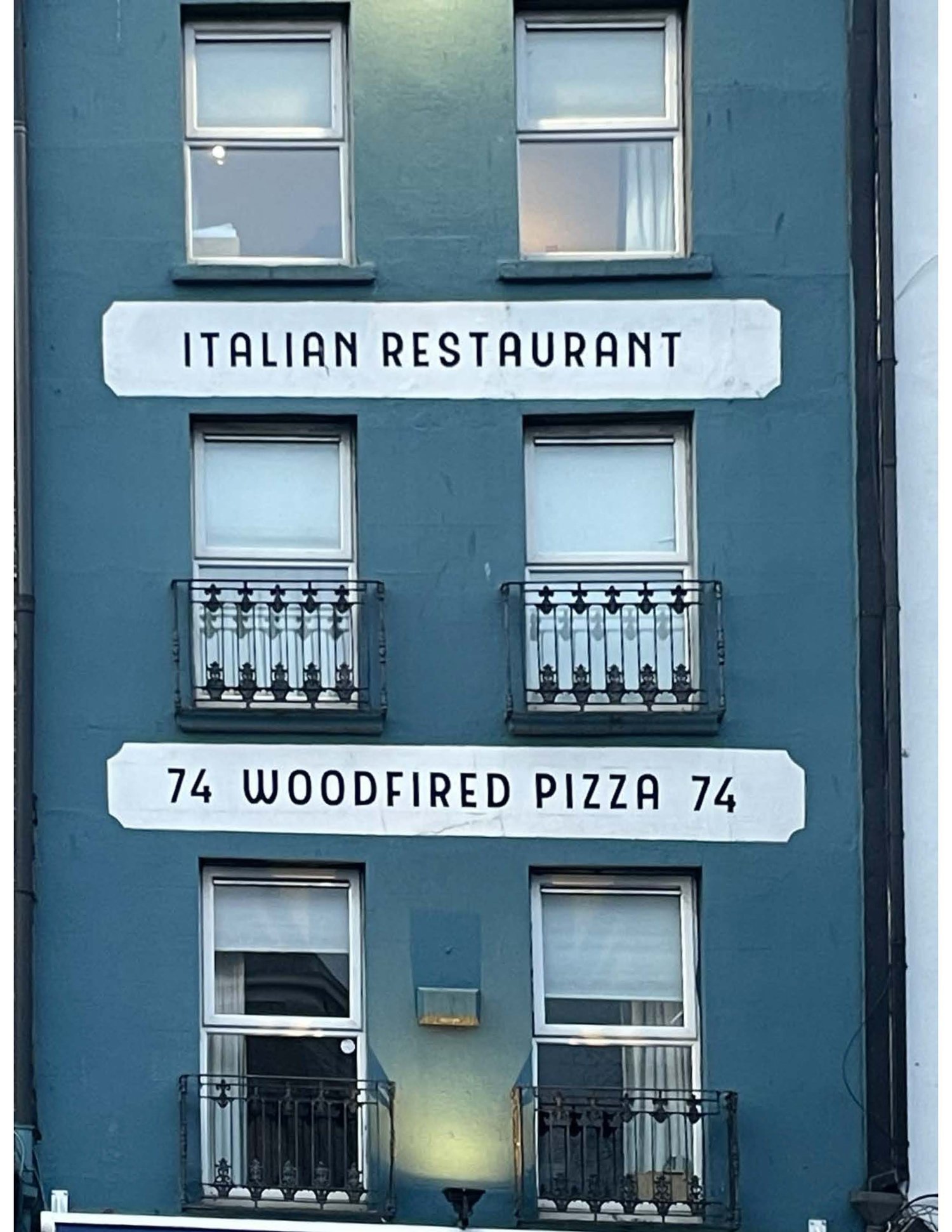As good capitalists, most of us are familiar with the concept of comparative advantage, in theory if not always in practice. But when it comes to naming new products, services, or firms, financial services executives momentarily forget their Adam Smith David Ricardo, and attempt to do it themselves. How hard could it be?
In fact, not many creative agencies do naming well. Naming is a highly specialized subdiscipline that agencies (including branding agencies) typically subcontract to smaller specialty naming shops. (We provide naming services through a short list of such specialists.)
Probably because they don’t know what they’re getting into, financial services firms often take naming on in house, most often in my experience when the name is for:
- A new fund or investment strategy
- A new fund company or carve-out with assets under management at inception of ~$20 billion or less
- Almost any institutional product or service, and a surprising number of retail products and services even at the largest firms (unless expectations for revenue and market competition are high)
The result usually isn’t terrible. It’s almost worse—the result usually is mediocre. Generic, forgettable, no justice done to what could be a very promising new product, no help given to the poor salespeople charged with selling it. A terrible name, memorable for its terribleness, would almost be better.

IT’S A CLEAR NAME, AT LEAST. (C) JOVE
I think big part of the reluctance to outsource is that firms miscalculate the opportunity cost of doing it themselves. As with most creatives services, the price seems steep, especially to the untrained eye.
For name development, expect to pay a skilled firm in the low to mid five-digits for full service (with as much as a 20% discount for less than full service—e.g., just creating candidate names).
It’s not an inconsiderable amount. But consider what a naming firm actually does, and what you would have to do yourself, to ensure your new baby has a better-than-mediocre name.
What you’re getting for your naming money
A lot goes into naming, including things most civilians don’t think about, like directing the project to helping you navigate the often hidden obstacles to developing a good name. A full-service naming engagement typically includes:
Creative direction. Skilled creatives don’t just come up with stuff. They need background, objectives, context, and other guidance. That’s usually spelled out in a creative brief, the writing of which is its own specialized skill. Most competent, gifted creatives won’t work on a project without a creative brief—nor should they.
Creative direction only begins there. A good naming project leader knows how to continue directing and leading the creatives through what is often the laborious slog of naming.
Wild, iterative creation. I sort of lied, because once the naming creatives get initial direction, they do just make stuff up (but in a directed way). Depending on the budget, three or more naming creatives may be assigned to create a hundred or more names each—and that’s just the first of what could be many rounds.
In between rounds, the team (including the client) puts on their editing hats and scrutinizes the list, making quick intuitive judgements. Good ideas are kept, fruitful directions are made note of, and the process begins again. This can go on for many rounds over several weeks.
Consensus-building. Once the working team arrives at a few or more solid name candidates, it will reach out to those within the firm who need to buy into the name. This could be anyone from product heads to C-level execs. Important advisors outside the firm—for example, its PR agency—may also be asked for input.
This phase, which ends with securing final approval of the name, is delicate and is best led by someone with a right-brain understanding of branding and how to read people and a left-brain capacity for fact-based persuasion and reaching closure.
The objective is similar to buying a great piece of clothing: the naming agency wants the client to feel comfortable enough about the suit or dress they’ve bought—ideally, completely confident, but the agency will happy with mildly excited. Agencies may leave consensus-building to the chief marketing officer, but more often they either support marketing or provide all of the consensus-building service.
An agency will also help keep you out of legal trouble by checking short-listed names against the U.S. Patent and Trademark Office’s electronic database for potential conflicts. And most can refer you to attorneys who specialize in deeper trademark analysis on your name finalists that can be given to your in-house or outside counsel.
The project that ate your weekend, workplace version
It should be obvious that naming takes not only specialized expertise but time. It’s not that it can go terribly wrong, but that you will likely end up spending a lot of time with nothing much to show for it.
As I said, naming is difficult even for creatives who don’t specialize in this sub-discipline. I don’t like absolute language, so let me just almost guarantee your result will not be anywhere near worth what you could have done with that time. Suddenly that agency fee starts to look reasonable.
All that said, you may find yourself with no choice but to come up with your own name. If your budget simply does not accommodate an agency fee and you must take it on yourself, this is how we’ve advised clients.
A DIY process for naming (when you’ve exhausted all other options)
You’ll tackle this in two alternative phases done several times over:
Phase 1 is ideation—free associate and write down as many names as you can. Turn off the editing mind. Spend no more than 20 minutes per session. Do as many sessions as you can stand in one day. Then put it down and don’t come back to it.
Phase 2 is evaluation. On a later day, look at what you’ve produced and identify winners/losers, using your gut. Don’t overthink this. Spend five to 10 minutes. Note any promising directions (and dead ends).
Repeat this, doing just one phase on a given day. Follow the promising paths and let go of the dead ends. Naming can be like any puzzle: solutions come when you leave it for a while and come back to it, which lets your subconscious work on the problem.
Make the name clear and fairly literal. Don’t waste time seeking metaphors or high-emotion names.
Shoot for a name that’s clear and fairly literal. Don’t waste time seeking metaphors or high-emotion names. If you can make the name memorable, great, but it’s not a failure if you can't. Aim for “good enough.” Have faith that the other parts of the brand, if you’ve done them right—differentiation, clear offering, market need—will do a lot of the marketing lifting. The name is just part of the equation.
If you’d like to know more about the art and practice of naming, I highly recommend the early episodes of brand and naming expert Rob Meyerson’ss podcast, How Brands Are Built. Here is Rob’s DIY process for naming.
Related: It's All About Trust


